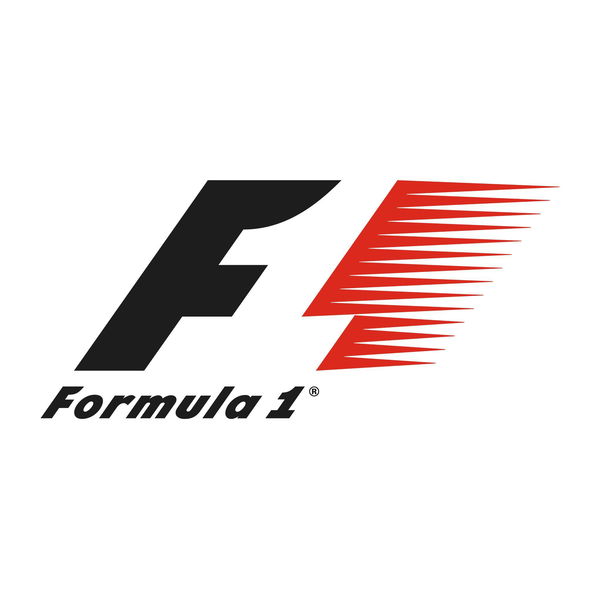

Formula One has faced the issue of ‘pay drivers’ i.e drivers who get into Formula One mostly due to deep pockets. In 2017, there have been fewer of these ‘pay drivers’ but Formula One sporting director Ross Brawn is not convinced. Brawn met with MotoGP boss Carmelo Ezpeleta last week to discuss a similar setup that MotoGP has with the Moto3 and Moto2 series directly feeding into the premier class. Formula One does have junior series like Formula 2 (previously GP2) and GP3, but the drivers involved in both series do not share the F1 calendar in its entirety. As a result of this, fans are not exposed to the junior drivers as much as the F1 drivers.

via Imago
Ross Brawn
I like the meritocracy that they have between Moto3, Moto2 and MotoGP. I like the progression that they have,” said Brawn in an interview with Reuters, “the structure is a great example of where we [F1] should be”. Brawn also believes that lessons can be learnt from MotoGP in terms of commercial rights, team structuring, deals and customer teams.
ADVERTISEMENT
Article continues below this ad
“We should have the 22 or 24 best drivers in the world in Formula 1,” added the Englishman. “There are commercial considerations… which means we don’t always achieve that. It’s a complex problem because you have to put the teams in a position where they don’t have to make those commercial decisions, they just make the decision based on the strongest drivers they can find.”

via Imago
Carmelo Ezpeleta
In the MotoGP series, manufacturers have a factory team and a limited number of customer teams (also known as satellite teams) and care is taken by them to ensure that there is a level of competitiveness among all teams. There are currently manufacturers like Yamaha, Honda, Ducati, Suzuki, Aprilia and KTM in the premier class (MotoGP). Suter, Kalex, Tech 3, KTM and Speed Up make up the manufacturers in Moto2, the intermediate class. Moto3, the junior-most class, has manufacturers like KTM, Honda, Peugeot and Mahindra (yes you heard that right).
ADVERTISEMENT
ADVERTISEMENT
ADVERTISEMENT
ADVERTISEMENT

